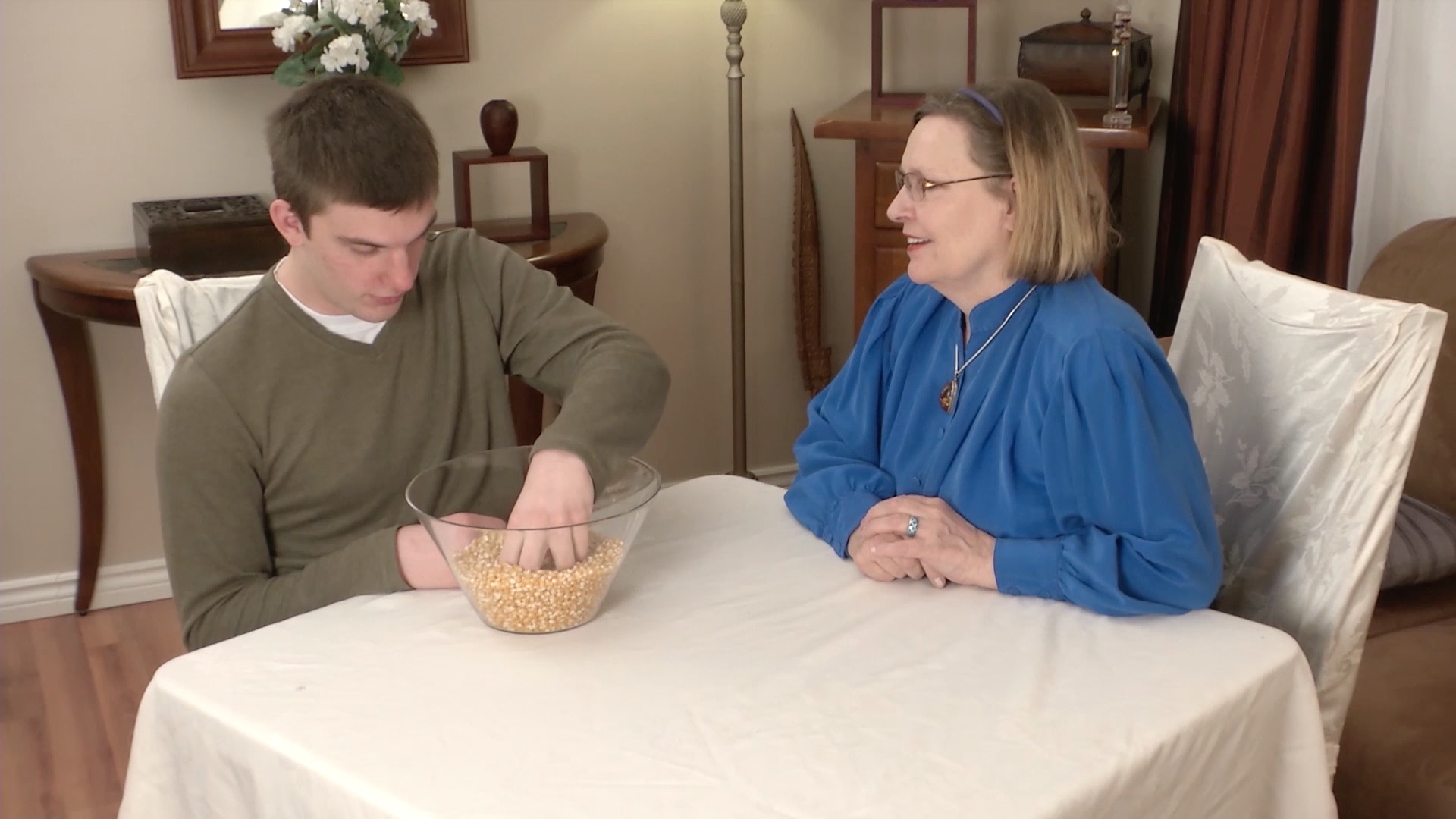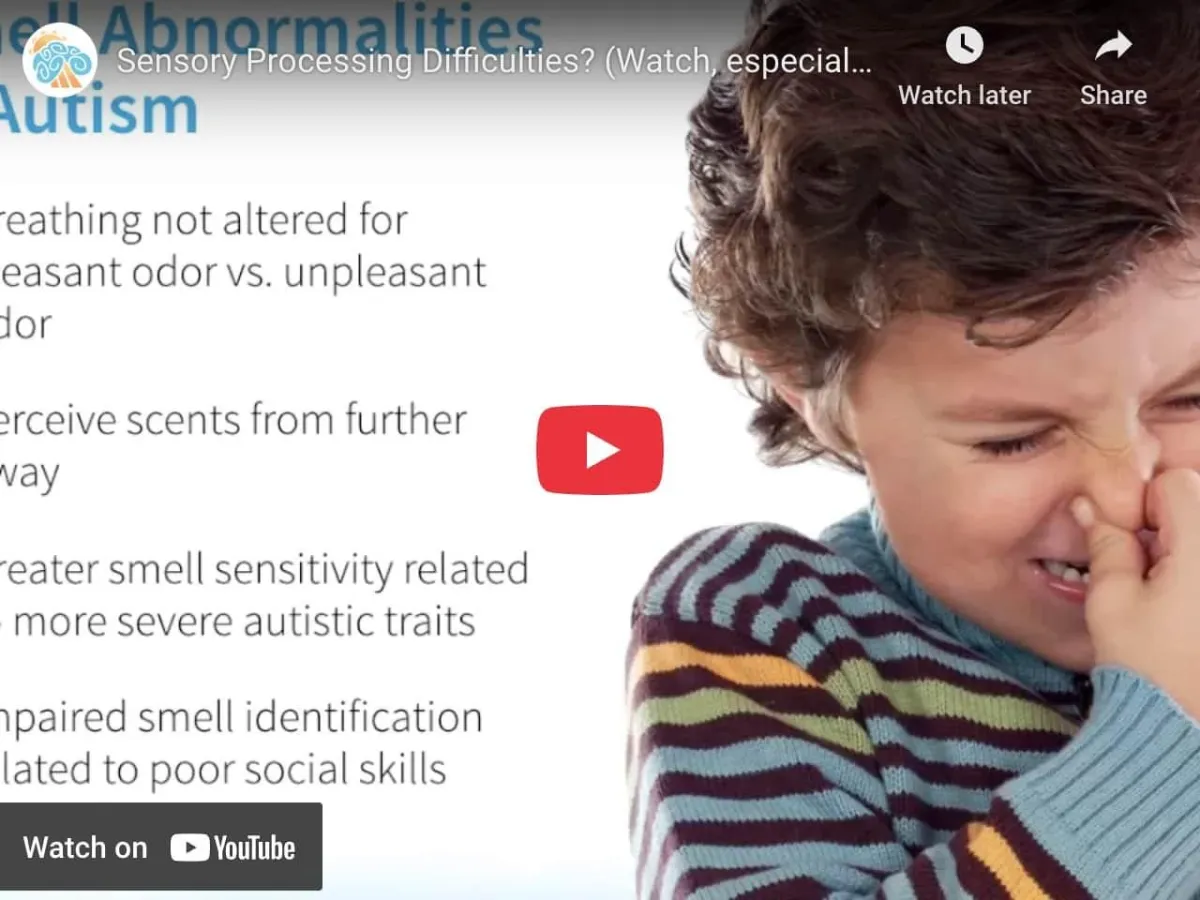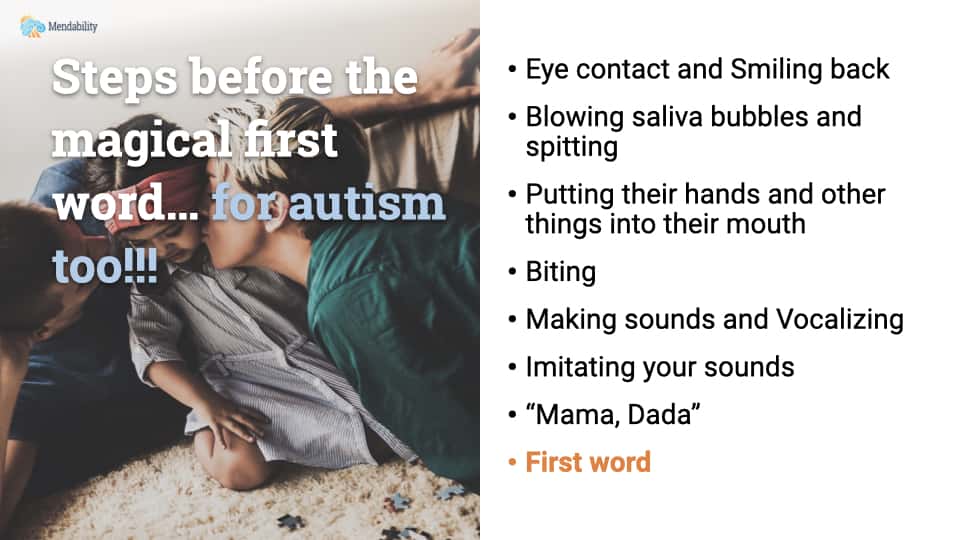
Tactile defensiveness in autism possibly caused by defect in brain white matter
Scientists and parents often wonder why children with autism react violently to light touch, often making self-care activities and wearing clothing difficult. Activities such as teeth brushing, hair combing, showers, and even wellness appointments can be extremely challenging.
A study published in February 2015 has found new clues. The tactile defensiveness of individuals with autism may have two main causes:
Serotonin deficiency,
Defects in the brain’s white matter.
Research shows that because of a defect in the brain’s white matter, tactile information may be dispatched incorrectly to be processed by areas that process pain, and conversely, pain appears to be processed as a normal tactile information requiring no specific response.
Mendability offers many Sensory Enrichment Therapy protocols that help rehabilitate the sense of touch. The good news is that while children with autism may sometimes resist a soft cuddle or kiss, they will have no problem looking for a desired toy hidden in a bowl of raw rice, or manipulating a textured ball.
Building on the natural curiosity of children, Mendability provides exercises that will help restore proper communication between the receptors on the skin and their final destinations in the cortex.
Many parents report that after doing the therapy for only a few weeks, their autistic child tolerates haircuts, teeth brushing, dressing, and even accepts new foods that were previously rejected because of their textures. This also works for adults who have lived their whole lives avoiding and dreading certain tactile experiences.
A suggested sensory-based protocol to try:
The following exercise is part of the therapy and we invite you to try it with your child on the spectrum, a couple of times a day, for a few days, to see if it helps:
Fill a large salad bowl with uncooked rice, dry corn or dry beans.
Hide a marble or ball in the bowl.
Invite the individual with tactile defensiveness, to put their hand in the bowl and search for the marble without looking. If they have fun, do it again with the other hand.
(A suggestion to avoid making a big mess: cover the bowl with a shopping bag, knotted under the bowl, and make a small opening in the top for the hand. This way, any rice or beans that are spilled will stay in the bag.)
Sensory Enrichment Therapy Activity for Tactile defensiveness in Autism
Mendability is happy to offer you this exercise which is part of a full therapy program that helps children with autism recover from tactile defensiveness, and many more issues.
References
Schauder KB1, Muller CL2, Veenstra-VanderWeele J3, Cascio CJ. Genetic Variation in Serotonin Transporter Modulates Tactile Hyperresponsiveness in ASD. Res Autism Spectr Disord. 2015 Feb 1;10:93-100.
Campbell NG1, Zhu CB, Lindler KM, Yaspan BL, Kistner-Griffin E; NIH ARRA Consortium, Hewlett WA, Tate CG, Blakely RD, Sutcliffe JS. Rare coding variants of the adenosine A3 receptor are increased in autism: on the trail of the serotonin transporter regulome. Mol Autism. 2013 Aug 16;4(1):28. doi: 10.1186/2040-2392-4-28.
Libero LE1, DeRamus TP1, Lahti AC2, Deshpande G3, Kana RK. Multimodal neuroimaging based classification of autism spectrum disorder using anatomical, neurochemical, and white matter correlates. Cortex. 2015 Mar 3;66:46-59. doi: 10.1016/j.cortex.2015.02.008.
Is sensory processing an area of concern for you or your loved one?
Sensory Enrichment Therapy™ helps improve sensory integration and the translation of sensory inputs by boosting brain development in these areas.



